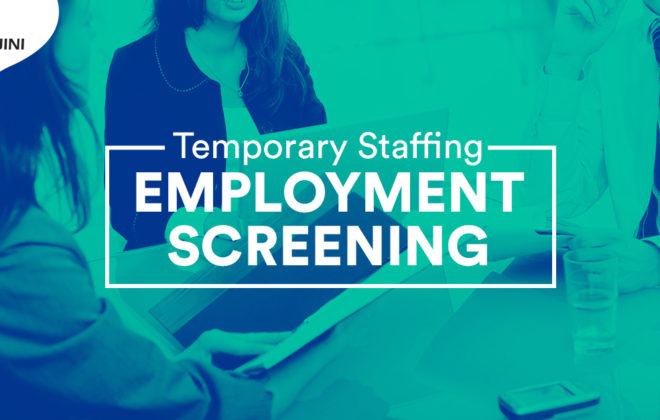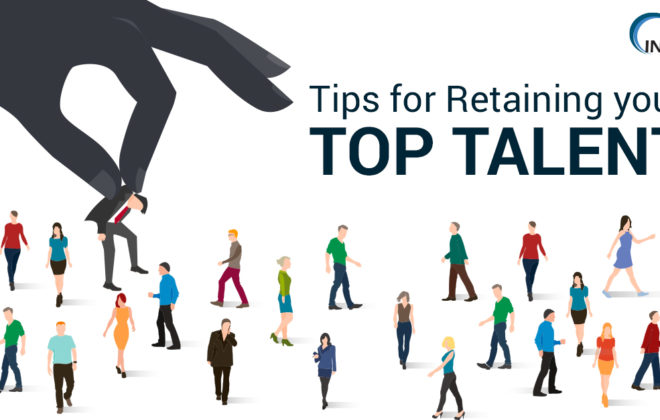3 Reasons: Why You Should Add Cultural Fit into Your Diversity Hiring Plan
Today, when unconscious bias is plaguing the Human Resource (HR) industry, diversity hiring is rising to occasion and addressing the challenge. It is hitting the racial, physical, and mental biases of the hiring process and pushing companies to break the hiring barriers.
Adding back the human factor in the process, diversity hiring has made hiring less transactional and more human now.
HRs are no longer ticking off their tasks for the sake of it. Instead, they’re transitioning to see the bigger picture which unknowingly obstructed the company and candidates’ growth in the past. As a result, 78% of companies today have started considering diversity hiring as an extremely important part of their recruiting strategy.
But when a new practice breaks into the market, it’s always coupled with confusion and myths. And one such myth surrounding diversity hiring is “Companies should overlook the cultural fitness of the candidates if aiming for a diverse workforce”.
In this blog, we will bust this myth and understand how cultural fitness contributes to the diversity hiring goal. But before diving into the depth, let’s first understand the basics.
Understanding Diversity Hiring
Diversity in the hiring process was embodied to ensure the workplace is a reflection of society. Like a society that comprises people from all walks of life, workplace should also include employees from all backgrounds irrespective of their societal differences.
As enforced by Equal Employment Opportunity Commission (EEOC),
It is unlawful for agencies to discriminate against employees and job applicants on the bases of race, color, religion, sex, national origin, disability, or age.
Discriminating on these differences is not only unethical but also ineffective. Researchers have found that ethnically diverse companies are 35% more likely to yield higher revenue, while gender-diverse companies are 15% more likely to yield higher revenue.
![]()
This revenue increase testifies that a diverse workforce brings more productivity and creativity to the table than the non-diverse workforce. Working in the same direction, there are a number of diverse hiring portals sprouting in the hiring industry. PDN Recruits, iHispano, Black Career Network, and Fairygodboss are few of the front runners of this market.
Why Add Cultural Fit into Your Diversity Hiring Plan
As already discussed, it’s a common myth that evaluating a candidates’ cultural fitness undermines the diversity hiring goal. While it’s evident that companies must embrace differences in the employees’ societal footprint. At the same time, it’s also necessary to ensure that diverse employees align with your company’s vision and mission.
Missing on this crucial aspect can result in irreversible damage ruining the internal and external health of your organization. Here are a few reasons that will help you understand why compromising on the cultural fitness of the employees can be injurious for you.
1. Resumes Only Reveal Half-truth
If resumes told you everything about the candidate, half of the recruiting efforts would get eliminated. But sadly, resumes only tell half the story. In fact, 75% of HR managers caught people lying on their resume.
Therefore, relying totally on resumes isn’t a good approach. Moreover, it only provides answers to the ‘what’ of a candidates’ career journey. ‘How’ and ‘Why’ majorly remain unanswered in the resumes.
![]()
To understand the cultural fitness of the employee, you need to find answers to these questions. How did they achieve these milestones and why was it important to them?
It will help you dig deeper into their core values and beliefs and understand what drives them forward. It’s also called value-driven hiring – where the values are paramount than skills.
For instance, if your company has a dynamic work culture that hustles constantly from one task to another and relies on the employees’ proactiveness, then an employee with a passive work approach can be a huge misfit. Whereas, if you are a structured organization prioritizing processes above everything else, then over-enthusiastic employees can be a red alarm.
Therefore, you must first lay your workforce values to understand your work culture. And then seek candidates from diverse backgrounds to suit your work culture paradigm. Because it’s easier to train a person to do their job, but it’s impossible to train values and culture.
2. Culture Synergizes Diverse Talent
It’s imperative to have a common goal or purpose that channelizes the diverse talent in the same direction. Evaluating the cultural fitness of the candidates serves this higher purpose which is fundamental to any organization’s growth and harmony.
For example, if your organization thrives on the passion and self-drivenness of the employees, then the synergy of passionate employees having diverse perspectives can do wonders for you.
The idea here is that irrespective of what social fabric your employees belong to if they’re culturally aligned with a larger goal of the organization then results will always be astonishing. On the contrary, if they’re not culturally aligned then negativity can fester the work culture and bring a bad reputation to the company.
3. Retaining Employees Becomes Effortless
Researchers have found that people whose values are aligned to those of their organization are more committed to the company, more satisfied with their job, and less likely to leave.
Well, it is a no-brainer to understand if employees don’t feel comfortable and fit in the workplace then they’re most likely to leave the job sooner than expected. Applying “prevention is better than cure” formula is, therefore, the only effective solution in this situation.
In place of hiring employees who do not fit your work culture, hire people who align with your values.
Recruiting a wrong fit not only proliferates your hiring efforts but also hurts the overall company budget. On average, it costs 150% of a mid-level person’s salary to replace them. So, it’s always a wiser choice to go for prevention than making the wrong choice.
Tags In
Subscribe For Updates
Categories
- Accountant
- AI
- Automation
- Awards and Recognitions
- Blue Collar Staffing
- Burnouts
- Campus Recruiting
- Cloud
- Co-Ops agreements
- Company Culture
- Compliance
- contingent workforce
- Contingent Workforce
- COVID-19
- Cyber Security Staffing
- Data Strategy
- Digital Transformation
- direct sourcing
- Distributed Workforce
- Diversity
- Diversity & Inclusion
- Economy
- Events & Conferences
- fleet industry
- Gig Economy
- Girls in Tech
- Global Talent Research and Staffing
- Government
- Healthcare
- Healthcare Staffing
- Hiring Process
- Hiring Trends
- Home Helathcare
- HR
- HR Practices
- HR Tech
- IT
- Labor Shortages
- Life Science
- Local Governments
- News
- Nursing
- Payroll Staffing
- Public Sectors
- Recruiting
- Remote Work
- Skill Gap
- SMB Hiring
- Snowflake
- Staffing
- Staffing Augmentation
- Staffing Challenges
- Talent ROI
- Tech Staffing
- Technology
- Tips & tricks
- Total Talent Management
- UI/UX Design
- Uncategorized
- Veteran Staffing
- Veterans Hiring
- Veterans Hiring
- Workforce Management
Recent Posts
- Automation in Recruiting: From Chatbots to Predictive Screening
- Gig Economy Expansion: The Impact on Talent Pools and Business Models
- Skills-Based Hiring: Why Credentials Alone Don’t Cut It in 2025
- Procurement 3.0: AI & Intelligent Automation in 2025
- Q3 Is Here: Is Your Contingent Workforce Strategy Falling Behind?
Newsletter
Archive
- September 2025
- August 2025
- June 2025
- April 2025
- March 2025
- December 2024
- November 2024
- October 2024
- September 2024
- August 2024
- July 2024
- June 2024
- May 2024
- April 2024
- March 2024
- February 2024
- January 2024
- December 2023
- November 2023
- October 2023
- September 2023
- August 2023
- July 2023
- June 2023
- May 2023
- April 2023
- March 2023
- February 2023
- December 2022
- November 2022
- October 2022
- September 2022
- August 2022
- July 2022
- June 2022
- November 2021
- October 2021
- September 2021
- August 2021
- July 2021
- June 2021
- May 2021
- April 2021
- March 2021
- February 2021
- January 2021
- December 2020
- November 2020
- October 2020
- September 2020
- August 2020
- July 2020
- June 2020
- May 2020
- April 2020
- March 2020
- February 2020
- January 2020
- December 2019
- November 2019
- October 2019
- September 2019
- August 2019
- July 2019
- June 2019
- May 2019
- January 2019
- December 2018
- November 2018
- October 2018
- September 2018
- August 2018
- July 2018
- June 2018
- May 2018
- April 2018
- March 2018
- February 2018
- January 2018
- December 2017
- November 2017
- October 2017
- September 2017
- August 2017
- July 2017
- June 2017
- May 2017
- November 2016
- October 2016




